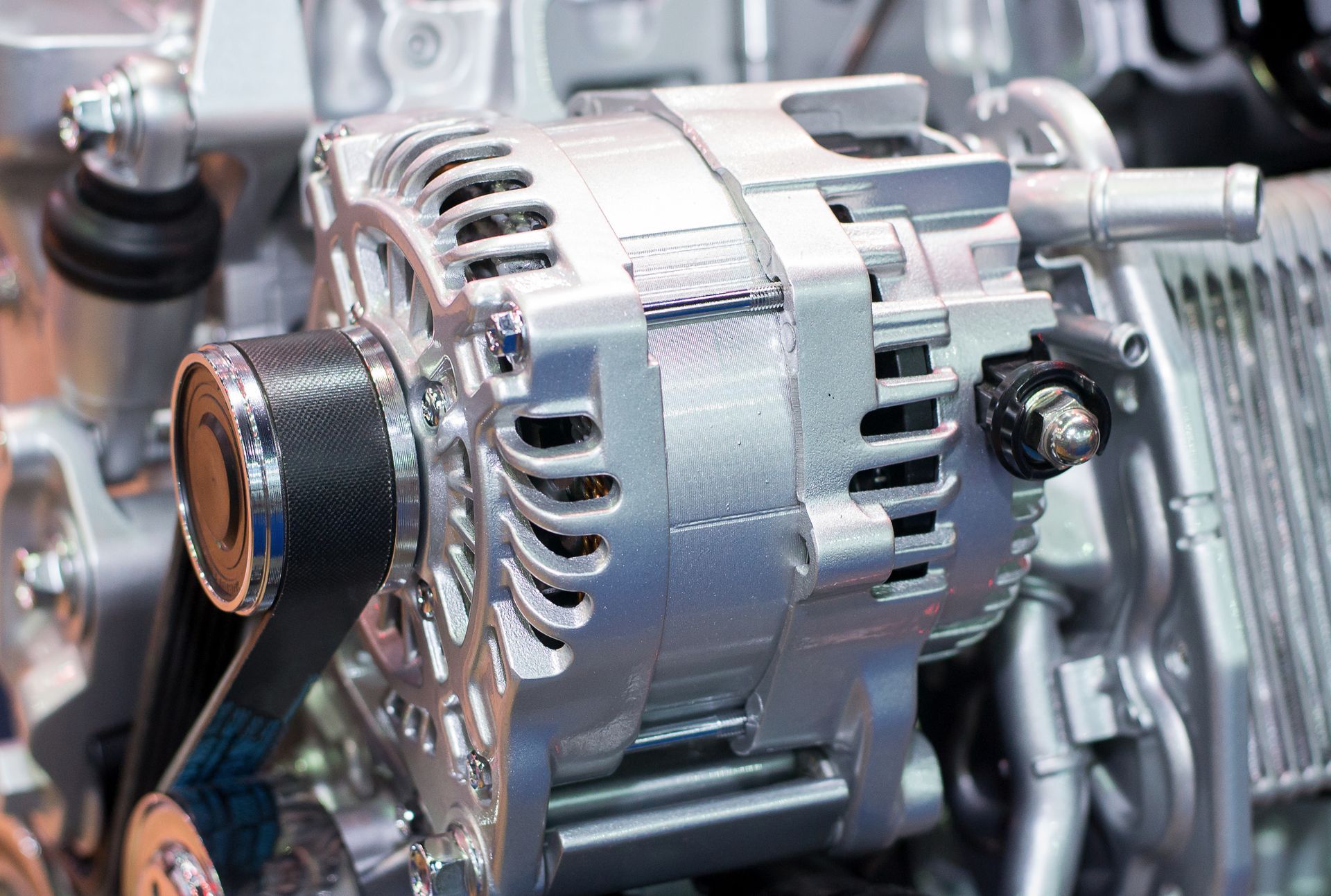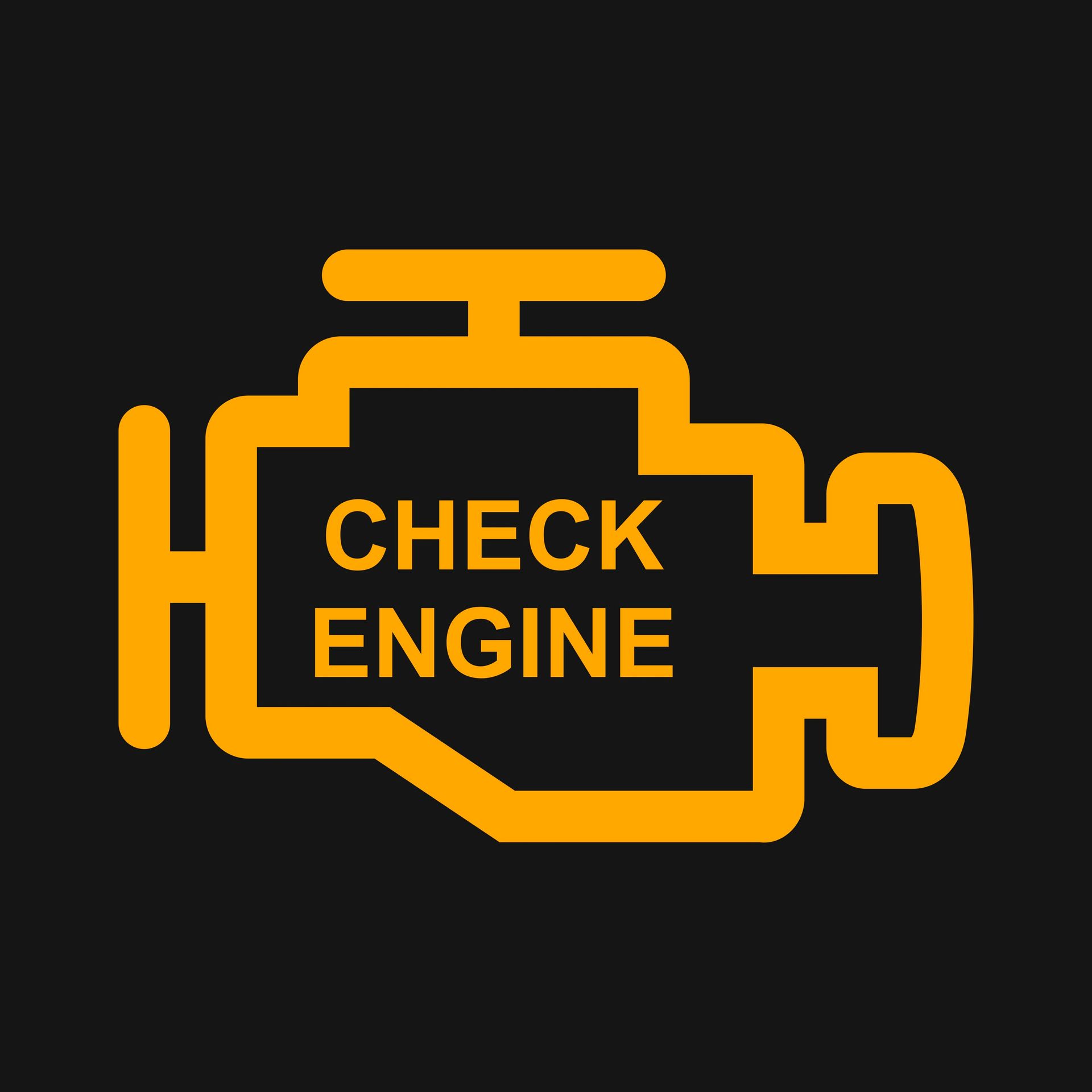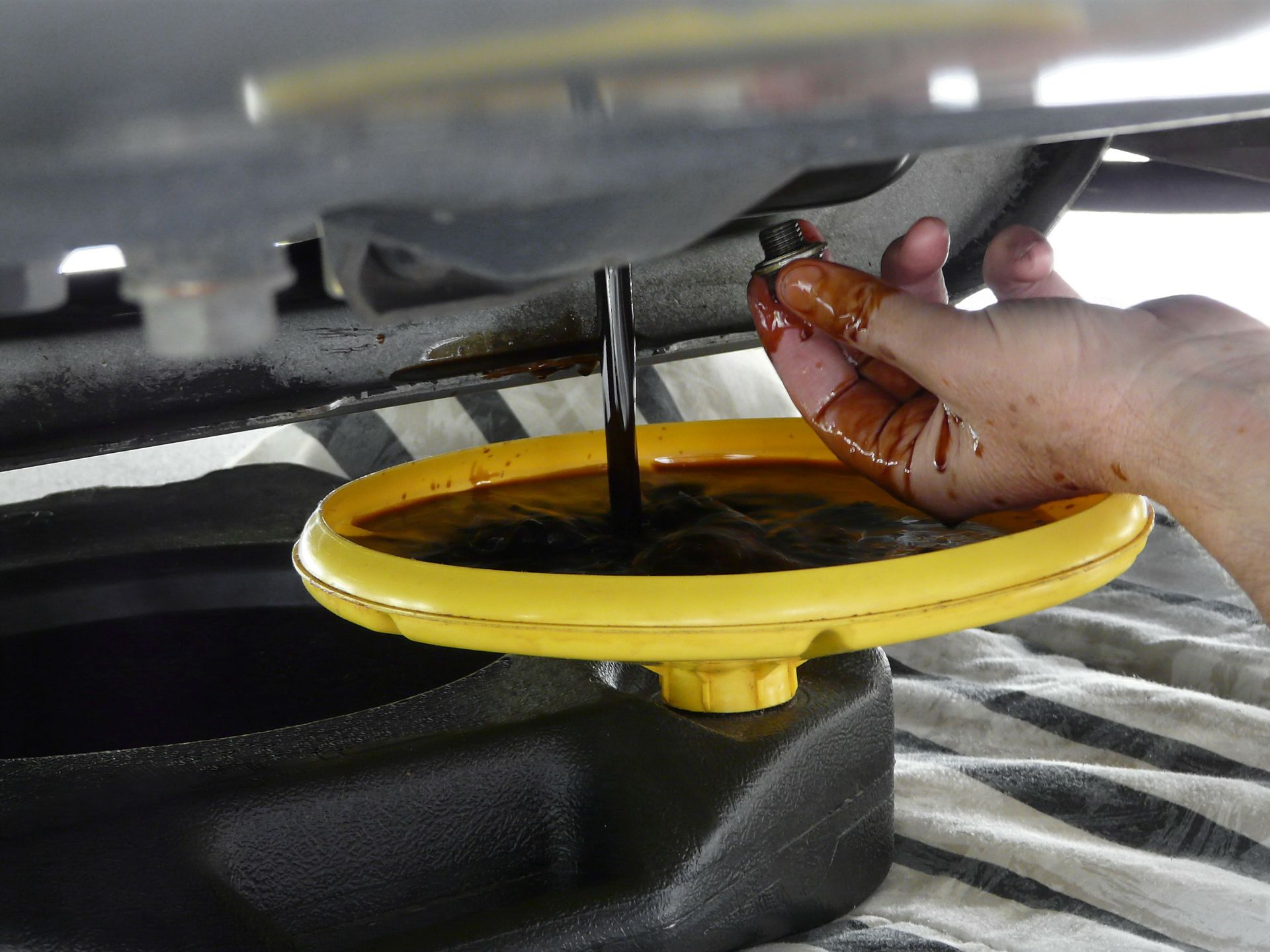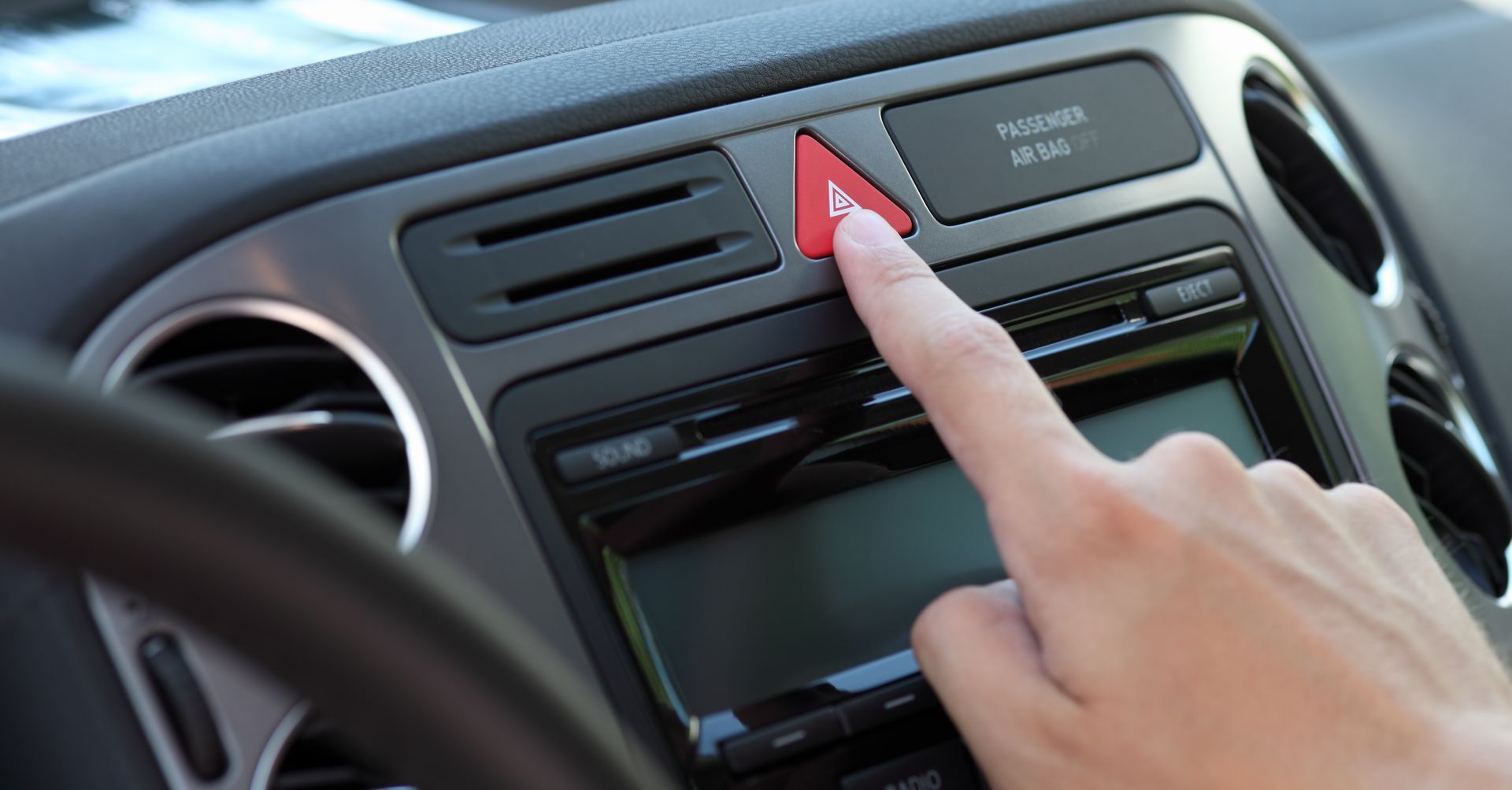Loading ...
Missing business hours data / Error occurred while getting the data.
Loading ...
Missing business hours data / Error occurred while getting the data.
What to Do When the Engine Temperature Warning Light Comes On
June 27, 2024
The engine temperature warning light is one of the most critical indicators on your vehicle's dashboard, signaling potential issues with the engine's cooling system. Ignoring this warning light can lead to severe engine damage and costly repairs. Therefore, it's crucial to familiarize yourself with the location and appearance of the engine temperature warning light on your dashboard and respond promptly if it comes on while driving.
What Is It & What Does It Look Like
The engine temperature warning light typically appears as a thermometer or a temperature gauge symbol on your vehicle's dashboard. It may illuminate in different colors, such as red or orange, depending on the severity of the issue.
The light is designed to alert you when the engine temperature exceeds normal operating levels, indicating potential overheating. If you notice the temperature gauge rising above the normal range or if the warning light illuminates, it's essential to take immediate action to prevent engine damage.
Step 1. Safely Pull Over
When the engine temperature warning light comes on, the first step is to safely pull over to the side of the road or into a parking lot. Continuing to drive with an overheating engine can cause irreversible damage and increase the risk of a breakdown or engine failure.
Step 2. Turn Off the Engine
Once you've safely stopped the vehicle, turn off the engine immediately to prevent further overheating. Allowing the engine to cool down can help prevent damage to critical engine components and may prevent more extensive repairs.
Step 3. Allow the Engine to Cool Down
Give the engine time to cool down before attempting to diagnose the issue or add coolant. Opening the hood while the engine is still hot can be dangerous and may result in burns or injuries. Wait until the temperature gauge returns to a normal range before proceeding.
Step 4. Check Coolant Levels
Once the engine has cooled down, carefully open the hood and check the coolant level in the reservoir. Low coolant levels are a common cause of engine overheating and may indicate a leak or other issue within the cooling system. If the coolant level is low, add coolant as needed to bring it to the appropriate level.
Step 5. Look for Leaks
Inspect the engine bay and the ground underneath the vehicle for signs of coolant leaks. Leaking hoses, a faulty radiator, or a damaged water pump can all cause coolant leaks and lead to engine overheating. If you notice any leaks, it's essential to address them promptly to prevent further damage.
Step 6. Check for Obstructions
Inspect the front of the vehicle for any obstructions that may be blocking airflow to the radiator. Debris, such as leaves, plastic bags, or dirt, can restrict airflow and contribute to engine overheating. Remove any obstructions carefully to ensure proper cooling system operation.
Step 7. Seek Professional Assistance
If the engine temperature warning light remains illuminated after checking coolant levels and inspecting for leaks and obstructions, it's crucial to seek professional assistance from a qualified auto repair shop like ours.
If you're experiencing issues with engine overheating or need professional diagnosis and repair services, don't hesitate to contact our team at
PRO-CAT Auto Care & Repair. We can take a closer look and assist you with the necessary repairs.
Contact Us
Loading ...
Missing business hours data / Error occurred while getting the data.
Quick links
Loading ...
Missing nap lines data / Error occured while getting the data.











